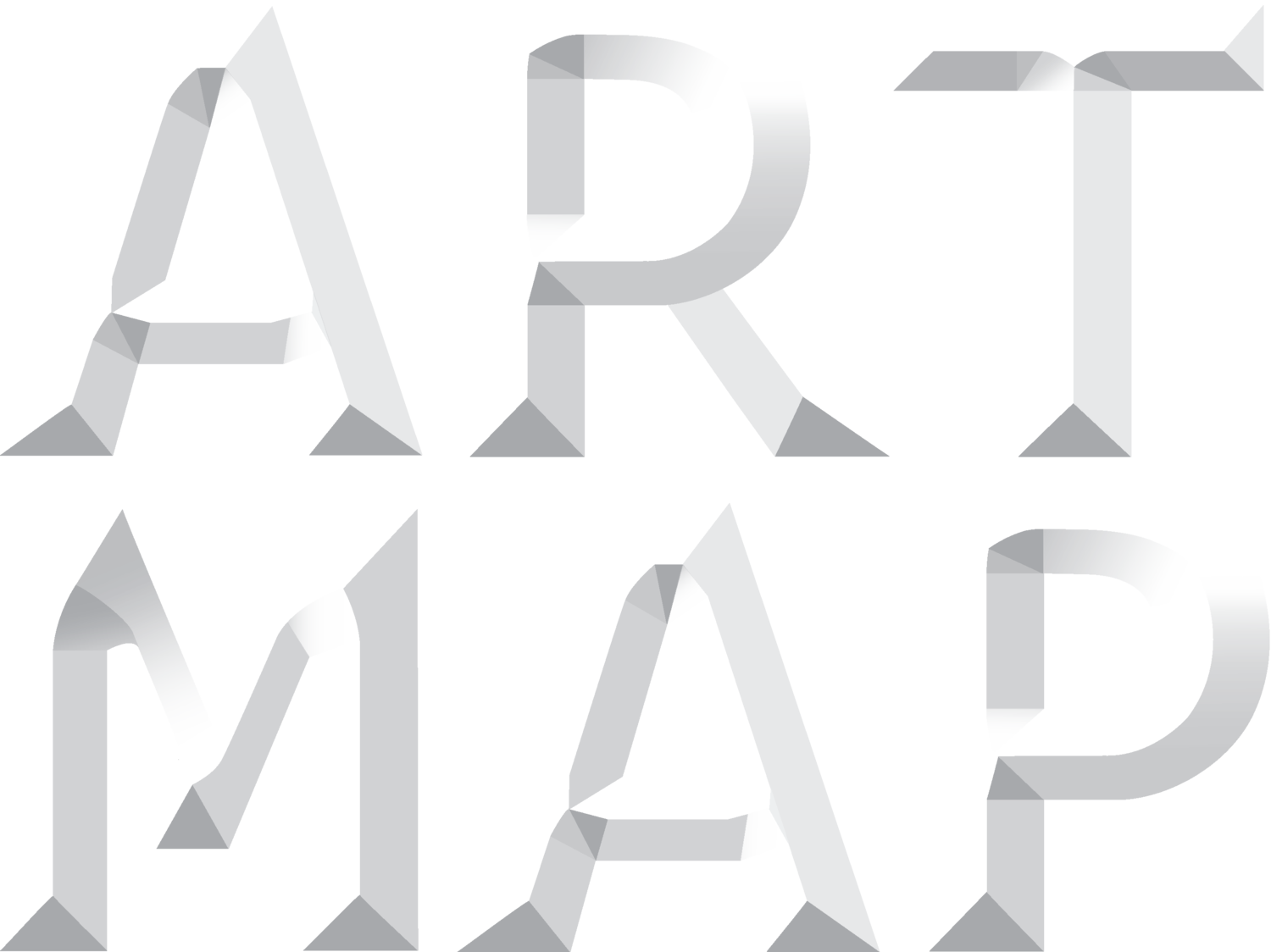From Artist to Activist: Te Oranga O Matariki, Living (and Learning) by the Stars
In 1993, contemporary Māori artists and activists, Diane Prince and Iwa Holmes of Ngāti Pōneke Pipitea Marae, formed a trust to reintroduce Matariki celebrations. Almost every year since, they have hosted Te Whakanui i a Matariki - a month-long festival contrived of many traditional events and celebrations, all of which are run and funded by volunteers.
“It is a safe and intimate place, "free from politics," hosted "by iwi, for iwi." Says Diane Prince.
Yet despite it being the 182nd anniversary of the Treaty of Waitangi (Te Tiriti o Waitangi); twenty-seven years after Prince and Holmes endeavoured to reinstate this important cultural event; and multiple (failed) governmental bills later; this year marks the first time in Aotearoa's colonial history where Matariki is acknowledged and honoured as a public holiday.
Traditionally, it welcomes a time of immense reflection; remembering those who have passed away, planning and setting goals for the upcoming new year and intimately connecting with one's whānua. In recognition of this important cultural moment, Bowen Galleries is hosting the ‘Living by the Stars’ exhibition, featuring artwork from five contemporary Māori women — each of which explore different areas and ideologies of Māori history and politics.
"As individuals, they hold deep knowledge, so we wanted to give them the opportunity to express that in their own ways," said Maeve Hughes, Gallery Assistant at Bowen Galleries. Founded in September of 1981 by Jenny Neligan, Bowen Galleries has long encouraged local Māori artists.
"It is very important for us to support these women and to facilitate justice and cultural connection throughout New Zealand. It is important with time, space, and power, to bring these voices to the forefront and help strengthen these conversations," said Hughes.
The Living by the Stars exhibition proudly showcases the work of Prince, alongside the very established: Debra Bustin, Hariata Ropata Tangahoe, Maiangi Waitai and her daughter, Coco Waitai, who is just five years old.
"People who come to the exhibition will be joining in the conversation around Matariki and resonating with different points of view because different art speaks to different people. We have a five-year-old displaying their work alongside great art legends. There are lots of perspectives. It's very special," said Hughes.
While Prince and Holmes are grateful for the recognition Māori culture is finally receiving, they are concerned that officiating Matariki was a "guilt response" designed to "establish ownership"
over the celebration, rather than a genuine gesture meant to empower Māori culture. "We have inherited a lot of intergenerational sadness and trauma. We have been treated like criminals in our own country. When you speak out as Māori, there are always consequences," said Prince. "Matariki isn't about the glitz and the glamour. It isn't about big firework displays. It is marae and community driven, and represents a time of reflection, responsibility and intimacy to our people."
A few years after Te Whakanui i a Matariki was launched, Te Papa Tongarewa initiated Mānawatia a Matariki. Despite being very comparable in execution, Te Papa failed to acknowledge Prince and Holme's undeniable influence on the fruition of the event. Furthermore, regardless of being amongst the first groupings to celebrate Matariki in such magnitude, the Trust has been repeatedly denied council funding under the pretence that the celebration is targeted at marae members, rather than the general public.
"Google how much Event Co-Ordinator's get paid. Diane and I have been filling that role as volunteers for years," said Holmes. "Māori culture isn't like Western culture. We don’t wake up and worry about how much money we are going to make that day. We are connected with the environment and its people. That relationship is far more important."
Art provides an excellent foreground to explore the depth of these relationships, free from political or cultural boundaries.
The Living by the Stars exhibition opened to the public on the 15th of June at Bowen Galleries on Ghuznee Street and will run until the 10th of July. It is a fantastic opportunity to learn about different iwi's connection to Matariki and see the artwork of Prince — one of the founding figures of the contemporary Matariki movement — among other noteworthy Māori artists.
"It's not about going out and seeing fireworks. There should not be fireworks on Matariki. We should turn out the lights and look at the sky. It's so against Tikanga Māori — it is pollution that is literally blocking the view of the stars," said Hughes. "Maybe it's a pipe dream, but wouldn't it be cool if we had five minutes of darkness and stillness to just look up and appreciate the stars and why Matariki is so important?"
Written by Daisy Penfold for Hello Wellington and digisauce Ltd (Art Map).
